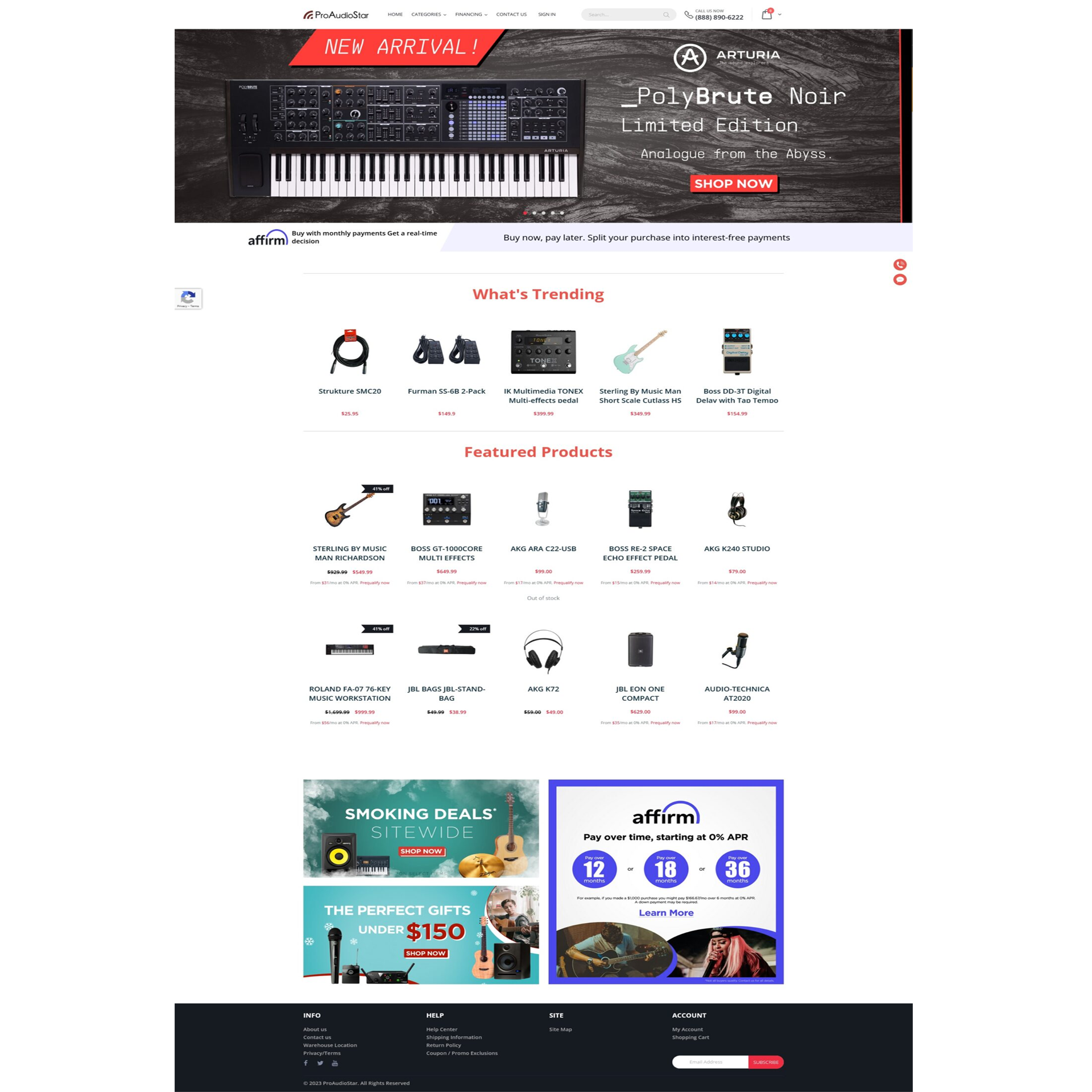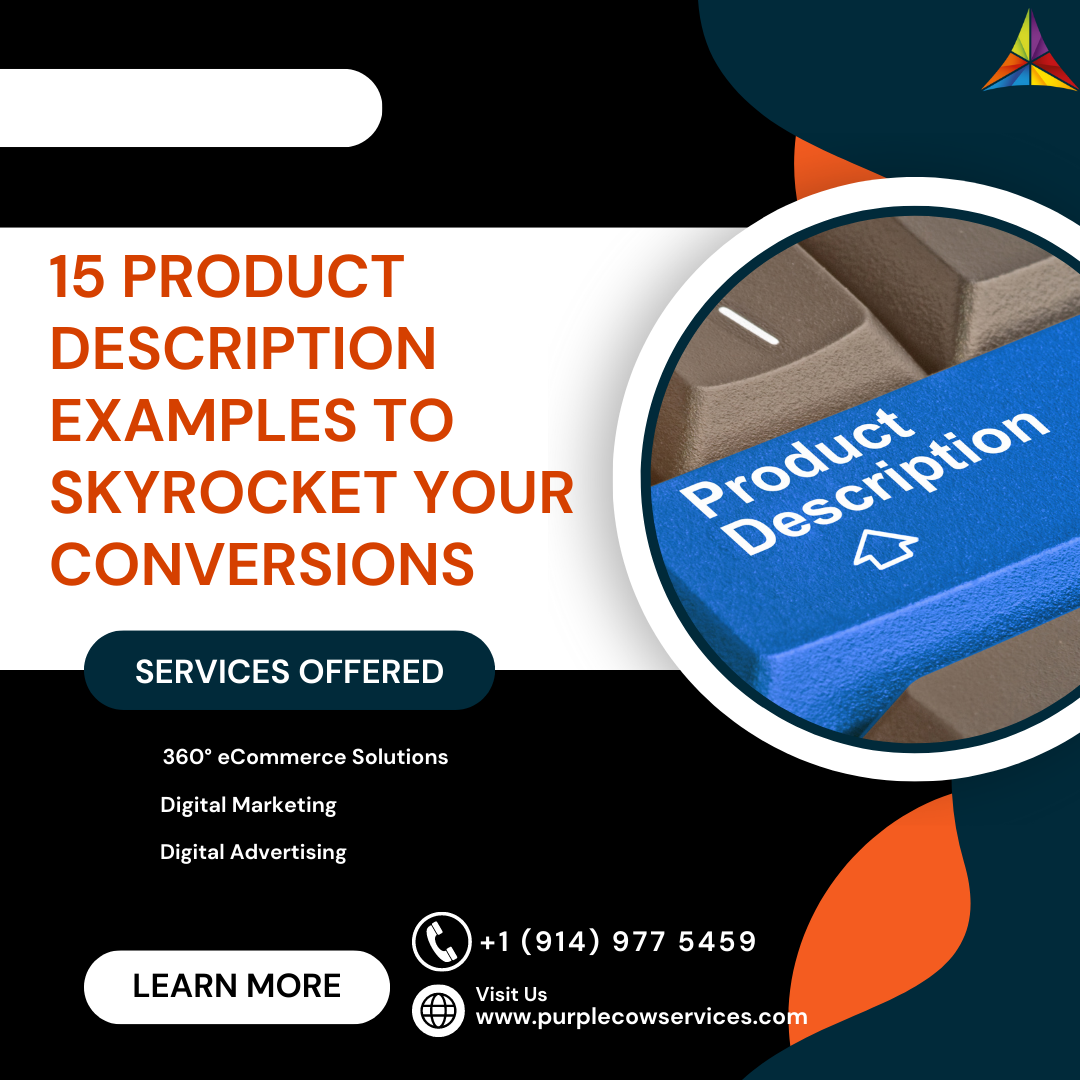Product Content
Our product content focuses on
Clarity and AccuracyCompelling VisualsConsistency Across ChannelsRich Product InformationUser-Generated Content IntegrationInteractive FeaturesQuick and Easy NavigationSEO Optimization
Increase your sales with our personalized product content solutions.

We’re In Business
10+ years
In-House Expertise
80+ Ninjas
Ads Spend Managed
$45M+
Revenue Generated
$3.73B+

Engage customers and build confidence in your products with enriching content descriptions. Filling up the gaps, Purple Cow’s product data enrichment services provide up to date and relevant high-quality product information that boost your eCommerce business profits.

Optimize the categorization of your products to attain your business goals by facilitating comfortable navigation to your customers. Researching the competition, Purple Cow’s product taxonomy services names your categories and attributes appropriately by avoiding over categorization.
Let customers decide what to buy and why with tangible and intangible product attributes. Purple Cow helps your eCommerce business get noticed on the web above your competitors with clear product attributes including product names, images, SKUs (Stock Keeping Unit), barcodes, brands, product types and SEO fields.

Transform your eCommerce business with compelling content and consistent customer experience. Purple Cow as your eCommerce content partner delivers enriched digital content including quality product images, videos, brochures, sell sheets, and more that find new avenues for your business.

Stand apart with the original, unique and interactive content to scale your eCommerce business. Purple Cow’s dedicated team of expert writers and editors deliver turn-key product content solutions maintaining uniformity that enhance discoverability and influence customer purchases across world’s largest eCommerce marketplaces.

Expand the reach and visibility of your products on a global market and sell across multiple sales channels with Purple Cow’s product content syndication. We as an experienced eCommerce content provider plan ahead, find relevant partners and find best ways to syndicate successfully to reach the most relevant audience and encourage conversions.
THE BUZZ // OUR CLIENTS LOVE US!




































